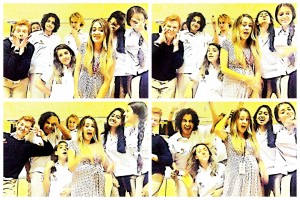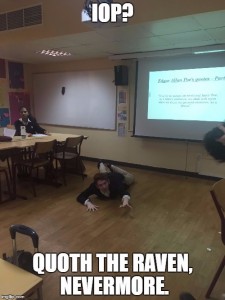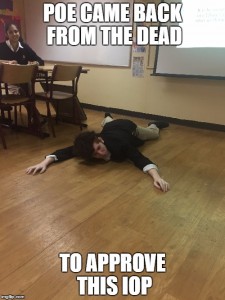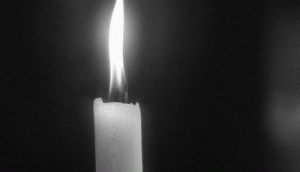Nora Helmer- First Impressions
Consider how the following contribute to characterizations of Nora at the beginning of the play:
1. Her husband’s nicknames for her
2. Her desire to say “hell and be damned”
~
When I first started reading ‘A Dolls House’ by Henrik Ibsen, Nora Helmer caught my eye as a character with two very different sides. At first, she seemed extraordinarily childish and made me think that she was a character who relied solely on her husband, only wanting and asking for money despite Torvald Helmer constantly trying to explain to her that they needed to save. She seemed reckless and inconsiderate to the situation they were in, which made her character seem naive and young. This was mostly brought on by her husband’s use of nicknames. Their relationship is one that is quite strange, considering that Torvald speaks to Nora (and calls her names) as one would with a child, however at the same time they are both fond and affectionate with each other. For example, in the book, Torvald says, “And I wouldn’t wish you any other way than exactly as you are, my sweet little songbird”. He appreciates his wife, however, it is evident that he looks down on her- he often calls her ‘my’ or ‘my little’ which creates a sense that she is inferior to him. He is possessive, and through using nicknames like ’songbird’, ’squirrel’, or ‘spending lark’, he is establishing dominance. Therefore, Torvald’s use of nicknames characterizes Nora as a person who is lesser than him. He is the head of the house, and in turn, doesn’t take her very seriously. On the other hand, Nora takes care of the house, plays with their children, she never goes against him, and is completely obedient. However, the second side of Nora is unexpected- and her desire to say “hell and be damned” shows a part of her that wants to rebel and not completely comply with societal standards. Near the beginning of the first act, Nora says ‘whenever Torvald gave me money for new dresses and the like, I never used more than half of it; always bought the plainest and cheapest things…’ Though she was helping her husband, this line reveals that Nora has a secretive side and that she doesn’t want to show, which further foreshadows her conflict with Krogstad as she signed a contract in behalf of her father and doesn’t want her husband to find out. Therefore, the readers discover that Nora’s character has more dimensions than it first seems, and that she is a very different person when she is with her husband, compared to when she is alone.
 f art for art. Yet, at the same time, he has also criticized his own ‘work’ and associated it emotionally and characteristically with himself. I believe that in that way he is being quite hypocritical as he is analyzing his own work. Thus this proving that his work has a deeper meaning than just a source of entertainment for the public. Furthermore, by associating his characters with himself he is proving that he has created an artwork with emotion.
f art for art. Yet, at the same time, he has also criticized his own ‘work’ and associated it emotionally and characteristically with himself. I believe that in that way he is being quite hypocritical as he is analyzing his own work. Thus this proving that his work has a deeper meaning than just a source of entertainment for the public. Furthermore, by associating his characters with himself he is proving that he has created an artwork with emotion.














